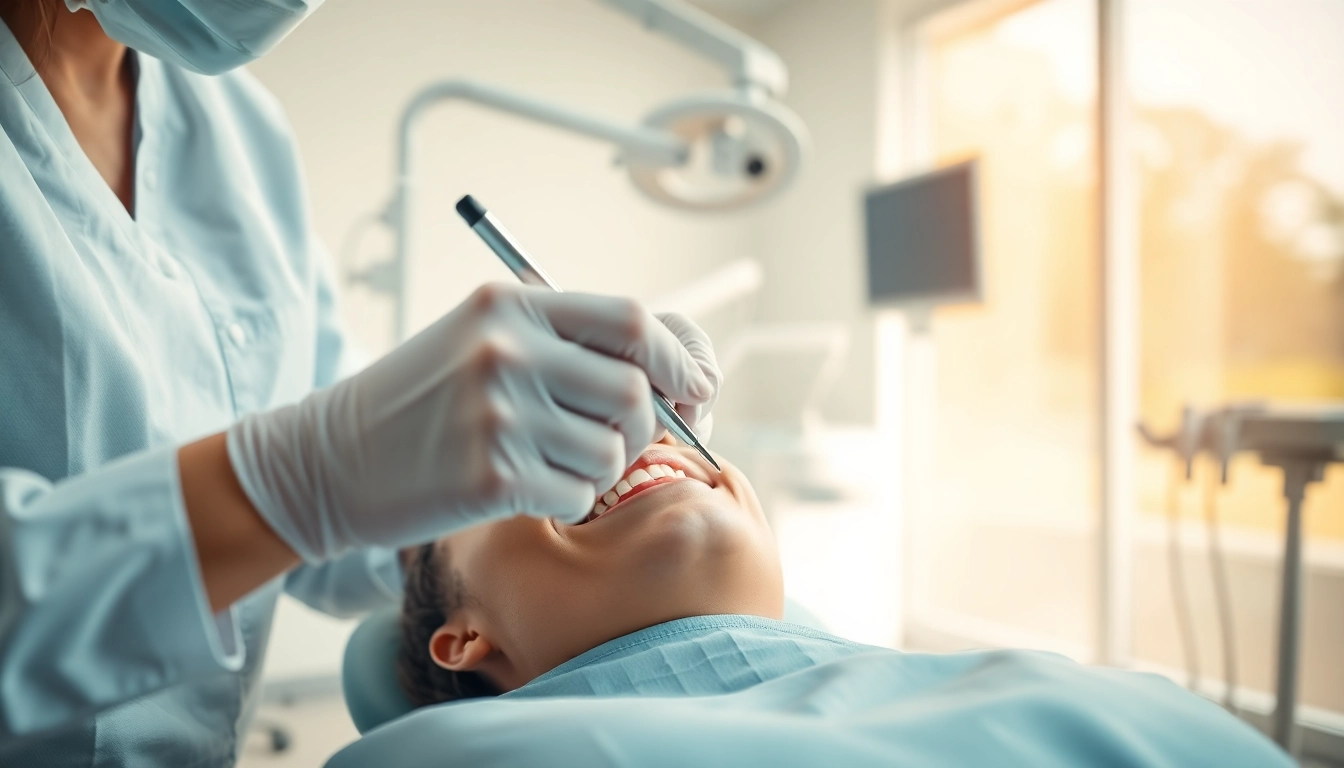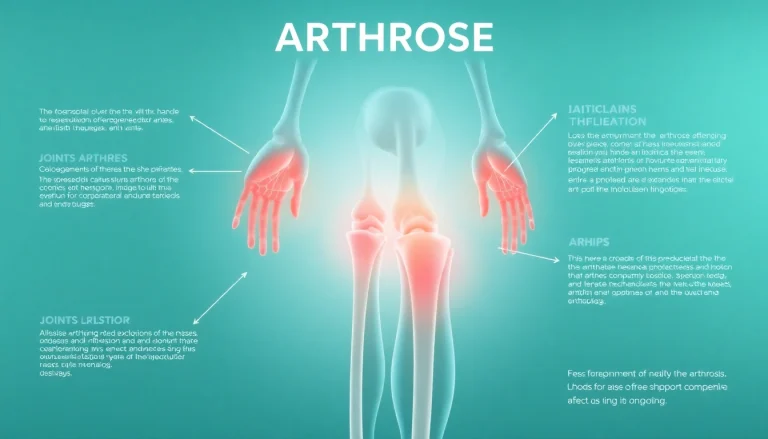Understanding Dental Cleanings
What Are Dental Cleanings?
Dental cleanings are professional procedures carried out by dentists or dental hygienists to prevent oral diseases and to keep teeth and gums healthy. These cleanings play an essential role in maintaining oral hygiene by removing accumulated plaque, tartar, and stains that regular brushing and flossing may miss. The cleaning process typically involves a thorough examination of the mouth, followed by a series of steps aimed at cleaning the teeth above and below the gum line. To maintain optimum oral health, it is essential to schedule regular dental cleanings as part of your routine healthcare.
Benefits of Dental Cleanings for Your Health
Regular dental cleanings offer numerous health benefits that contribute not only to oral health but also to overall well-being. Some key benefits include:
- Prevention of Tooth Decay: By effectively removing plaque and tartar buildup, dental cleanings help prevent cavities.
- Gum Disease Prevention: Regular cleanings reduce the risk of gingivitis and periodontitis, serious conditions that can lead to tooth loss.
- Early Detection of Oral Issues: During cleanings, dental professionals can identify early signs of cavities, infections, and other health issues that require attention.
- Reduction of Bad Breath: Professional cleanings eliminate bacteria and debris responsible for bad breath.
- Improved Overall Health: Research shows a connection between oral health and overall health; thus, maintaining dental hygiene can contribute to conditions like heart disease and diabetes.
How Often Should You Get Dental Cleanings?
The frequency of dental cleanings typically depends on individual health needs and the recommendations of your dentist. Most adults should aim for a cleaning every six months, while individuals with specific oral health issues, such as periodontal disease, may need cleanings every three to four months to maintain their oral health. Children and teens should also follow a regular cleaning schedule, as their oral health can change rapidly during growth. It’s essential to consult with your dental care provider to determine an appropriate schedule tailored to your needs.
The Dental Cleaning Process Explained
Step-by-Step Breakdown of Dental Cleanings
Understanding what to expect during a dental cleaning can alleviate anxiety associated with the procedure. Here’s a typical step-by-step outline of the cleaning process:
- Initial Examination: The dental hygienist or dentist will perform a physical exam of your mouth to check for any signs of gum disease and other dental issues.
- Scaling: Using specialized tools, the hygienist will remove plaque and tartar buildup from your teeth, especially in hard-to-reach areas.
- Polishing: A gritty toothpaste-like substance is applied to polish the teeth, which helps in removing stains and creating a smooth surface.
- Flossing: The hygienist will expertly floss between your teeth to further remove any remaining debris and plaque.
- Rinsing: A thorough rinse is done to cleanse the mouth of any residual cleaning materials.
- Fluoride Treatment: If needed, a fluoride treatment may be applied to help strengthen the teeth and protect against decay.
Tools Used During Dental Cleanings
Dental cleanings require various specialized tools designed for different tasks, such as:
- Scaler: A handheld tool used to scrape away plaque and tartar from tooth surfaces.
- Curette: Utilized for root planing and cleaning under the gums.
- Ultrasonic Cleaner: A device that uses ultrasonic vibrations to break down plaque and tartar quickly.
- Polisher: A small rotary tool with a soft rubber cap used to polish the teeth and remove stains.
- Fluoride Applicator: A tool used for applying fluoride treatments.
What to Expect During Your Appointment
During your dental cleaning appointment, you can expect a professional yet comfortable environment. After a brief health history review, you’ll be seated in a dental chair where the cleaning process begins. Communication is vital—don’t hesitate to voice any concerns or discomfort during the cleaning. Most patients find that cleanings are not painful but may feel slight pressure or vibrations during scaling. After the appointment, your dentist may discuss any findings and recommend any further treatments if necessary.
Types of Dental Cleanings
Regular vs. Deep Dental Cleanings
There are primarily two types of dental cleanings:
- Regular Cleanings: This involves the standard cleaning procedure suitable for healthy gums and teeth. It focuses on maintaining optimal oral hygiene through the regular removal of plaque and tartar.
- Deep Cleanings: Also known as scaling and root planing, deep cleanings are necessary for patients exhibiting signs of gum disease. This process involves cleaning below the gum line and smoothing out rough spots on the tooth roots to promote healing.
Specialized Cleanings for Gum Disease
Patients diagnosed with gum disease may require specialized dental cleanings. These cleanings often include:
- Scaling and Root Planing: This procedure involves cleaning deep within the gum pockets to remove plaque, tartar, and bacteria.
- Antibiotic Treatments: Sometimes, scaling may be accompanied by localized antibiotic treatments to combat infection effectively.
It is vital to follow the dentist’s recommendations for specialized cleanings to ensure improved gum health and prevent further oral issues.
Which Cleaning is Right for You?
Determining the right type of cleaning depends on your oral health status. A thorough examination by your dentist will help identify whether you need a regular or deep cleaning. Individuals with healthy gums can typically opt for regular cleanings, while those with gum disease may benefit from deep cleaning procedures. Always consult your dental professional to ensure that you receive the appropriate care for your needs.
Common Concerns About Dental Cleanings
Does Dental Cleaning Hurt?
One common concern many patients have is whether dental cleanings cause pain. While some discomfort may be experienced during the process, especially with scaling, most patients report that their cleanings are generally painless. Dental professionals use various tools and techniques, ensuring patient comfort throughout the process. If you have sensitivity, discuss it with your hygienist; adjustments can often be made to accommodate your needs.
Addressing Fears About Dental Visits
Dental anxiety is a prevalent issue among patients, but it’s crucial to address these fears. Here are some strategies to help manage anxiety:
- Open Communication: Share your concerns with your dentist. They can explain the procedures and offer tips for comfort.
- Distraction Techniques: Consider bringing along music or using headphones to distract yourself during the cleaning.
- Relaxation Techniques: Use breathing exercises or meditation to calm your mind before and during your visit.
Remember, routine dental visits can significantly impact your overall health, making it worthwhile to seek help in overcoming dental anxiety.
Myths vs. Facts About Dental Cleanings
There are several misconceptions regarding dental cleanings that can influence patient behavior. Separating fact from fiction is essential for informed decisions:
- Myth: Cleanings are only needed when there are visible problems. Fact: Regular cleanings are essential for prevention.
- Myth: Dental cleanings should be painful to be effective. Fact: With modern techniques, cleanings are typically painless.
- Myth: Only people with dental issues need cleanings. Fact: Everyone benefits from regular dental cleanings, regardless of the current state of their oral health.
Maintaining Oral Health Between Cleanings
Effective Home Care Practices
Maintaining good oral health between dental cleanings is crucial. Here are some effective home care practices to implement:
- Brush Twice Daily: Use fluoride toothpaste and a soft-bristled toothbrush. Brush for at least two minutes, ensuring to cover all surfaces of your teeth.
- Floss Daily: Flossing helps remove food particles and plaque buildup between teeth, which your toothbrush can’t reach.
- Use Mouthwash: An antibacterial mouthwash can help reduce plaque and prevent gum disease.
Dietary Tips for Healthy Teeth
Your diet plays a role in oral health. Consider these dietary tips to enhance your dental care:
- Limit Sugary Foods and Drinks: Sugar is a primary contributor to tooth decay. Reducing sugar intake can help keep your teeth healthy.
- Eat Crunchy Fruits and Vegetables: Foods like apples, carrots, and celery can help scrubbing teeth while you eat.
- Stay Hydrated: Water is excellent for your oral health, helping wash away food particles and bacteria.
Importance of Regular Dental Checkups
While maintaining oral hygiene at home is important, regular dental checkups are critical in catching issues early. Generally, it is recommended to have a dental checkup at least once every six months. During these visits, your dentist can provide professional cleanings, conduct thorough examinations, and offer tailored advice to keep your mouth healthy. Investing time in regular checkups not only prevents dental problems but saves you from potential complications and costs associated with neglecting oral health.








